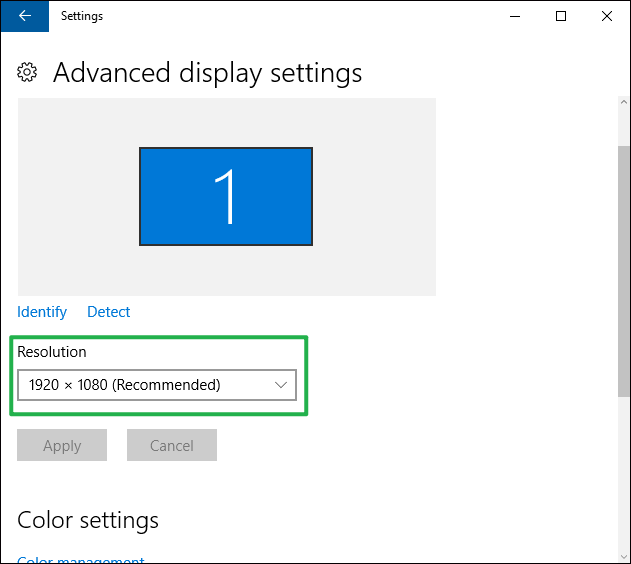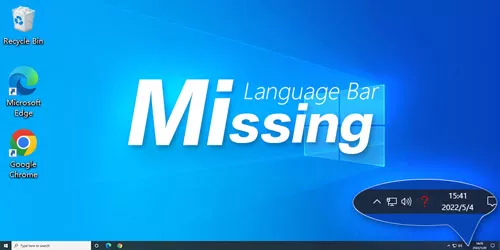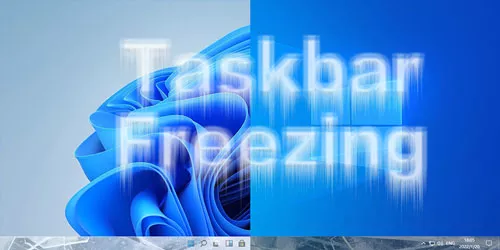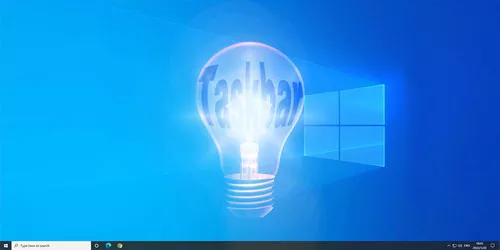5 Tips to Fix Windows 10 & 11 Taskbar Missing on Desktop
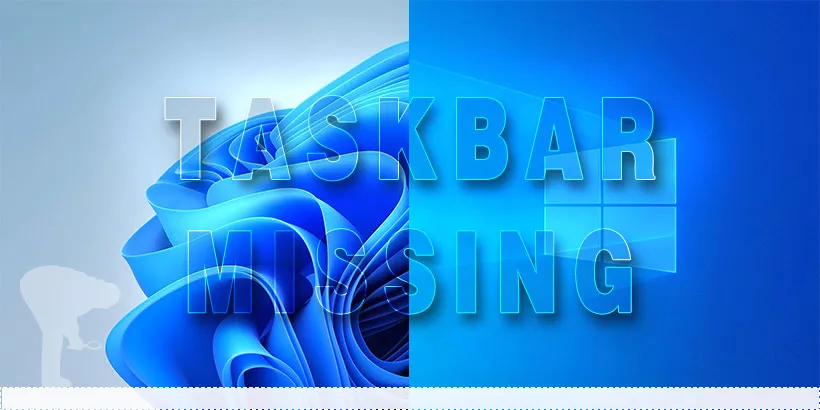
Taskbar is one of the important parts of the desktop, which carries some essential tools, like Start menu, date and time, notification, etc. Therefore, when you hover at the bottom of the page, and find the taskbar disappears, it may be a nightmare.
In this article, we will figure out what reasons cause the taskbar missing in Windows and how to fix this issue.
Part 1: Why taskbar disappear in Windows?
There are several situations to cause your taskbar missing in Windows. The following are the common reasons.
- Accidental clicks or resize: there are some shortcut keys like F11 that bring your screen to full-screen mode, accidentally clicking one of them will cause your taskbar to disappear. Or if you resize the taskbar and set its height to 0, your taskbar will be hidden.
- The taskbar is set to auto-hide.
- The Explorer File is not working.
- The taskbar is set to auto-hide.
- The display driver is out-of-date.
- Unknown installation app in the system.
- The display resolution or main display is changed.
Part 2: How to restore the taskbar disappearing issue?
1. Turn off auto-hide
Step 1: Press Windows + I to open Windows Settings, and click Personalization.
Step 2: On the left pane, click Taskbar.
Step 3: Make sure the button under Automatically hide the taskbar in desktop mode is off.
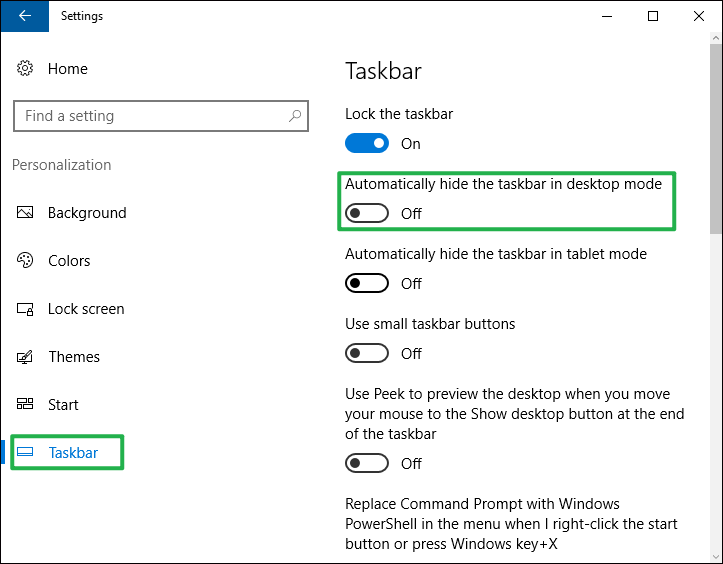
2. Restart the Windows Explorer
Step 1: Right-click the Start menu and click the Task Manager.
Step 2: Locate a process named Explorer.exe or Windows Explorer. Right-click and select Restart.
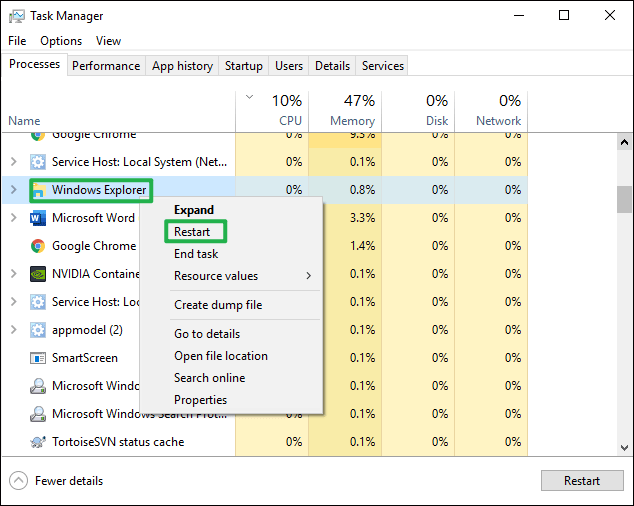
Alternatively, you can also click File and click Run new task. Type explorer.exe in the box, and press OK. This will also restart the explorer process.
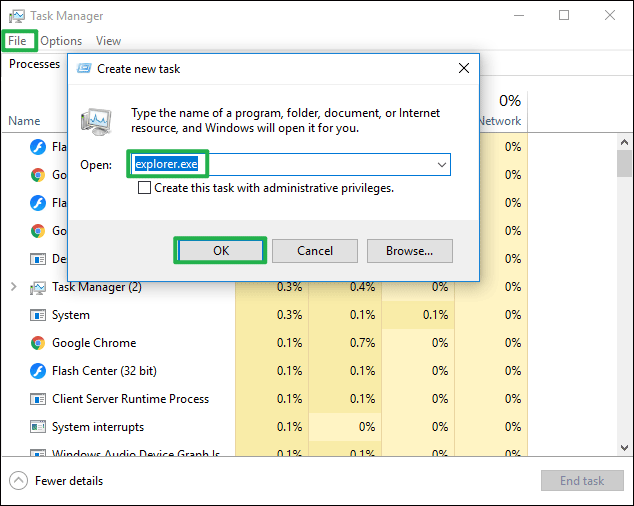
3. Update display drivers
Step 1: Press Windows + X to open Start menu, and choose Device Manager.
Step 2: Double-click Display adapters to expand it.
Step 3: Right-click your display and select Update Driver Software.
Step 4: Choose search automatically for drivers.
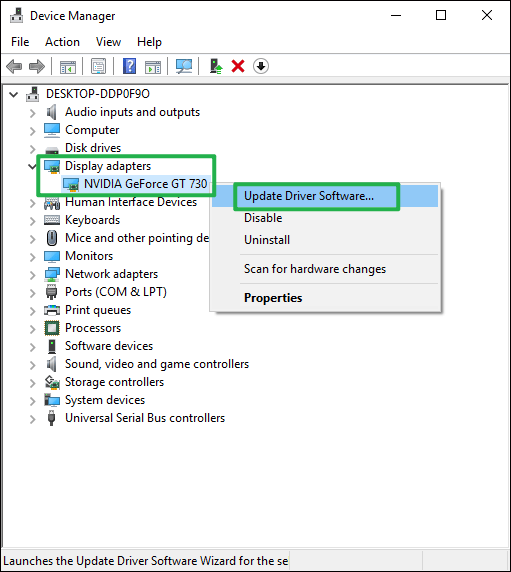
4. Boot Windows in safe mode
Step 1: Press Window + R to open the Run dialog.
Step 2: Type msconfig in the box and hit Enter.
Step 3: Click the Boot tab
Step 4: Under the Boot options, check Safe boot box and click OK.
Now restart your PC to enter the boot mode. If the taskbar appears after reboot, the issue is caused by a third-party installation application on your PC. In this case, please remove the app you installed recently.
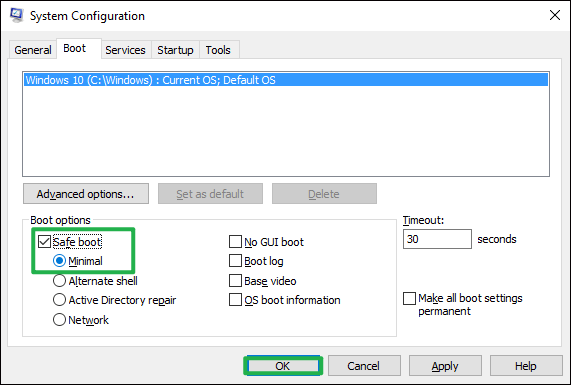
5. Change the display resolution to an appropriate resolution
Step 1: Press Windows + I to open Windows settings, and click System. Then click Display.
Step 2: Click Advanced display settings.
Step 3: Under the Resolution, choose an appropriate screen resolution for your computer.
